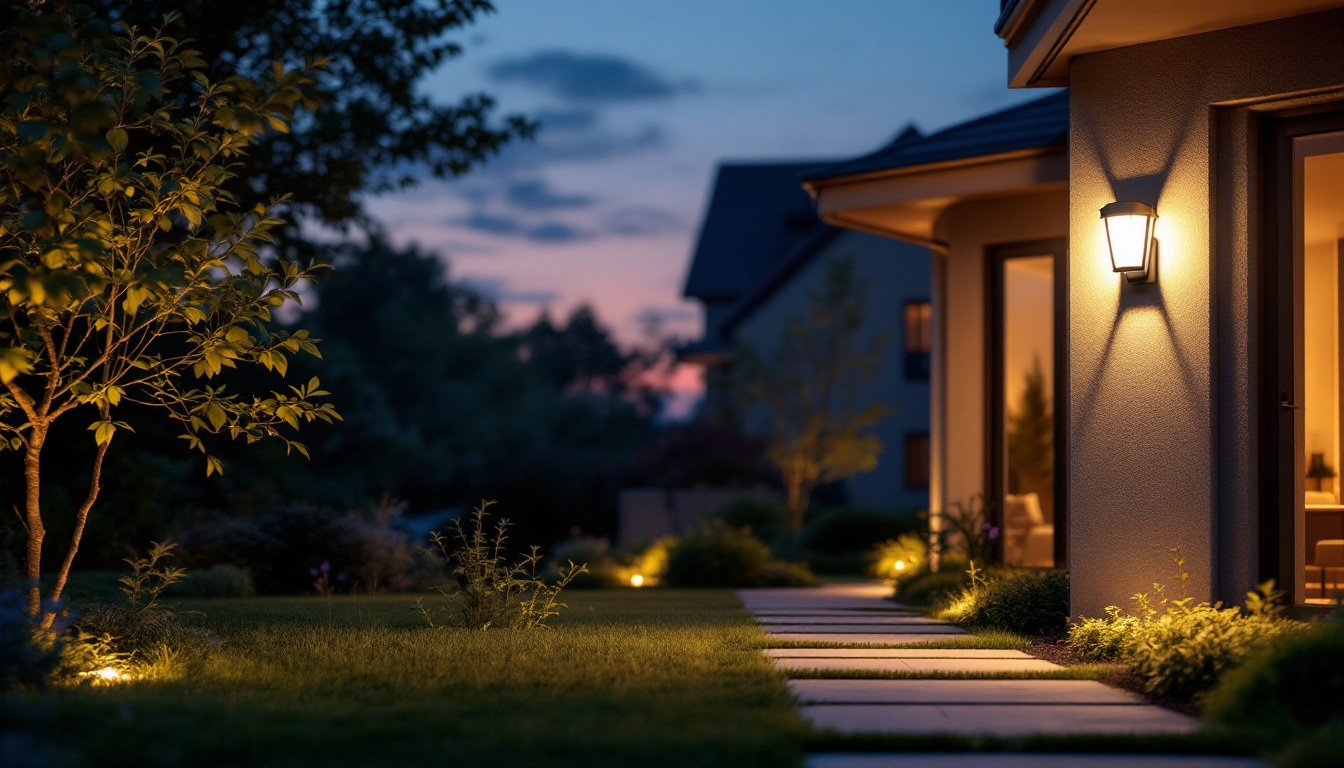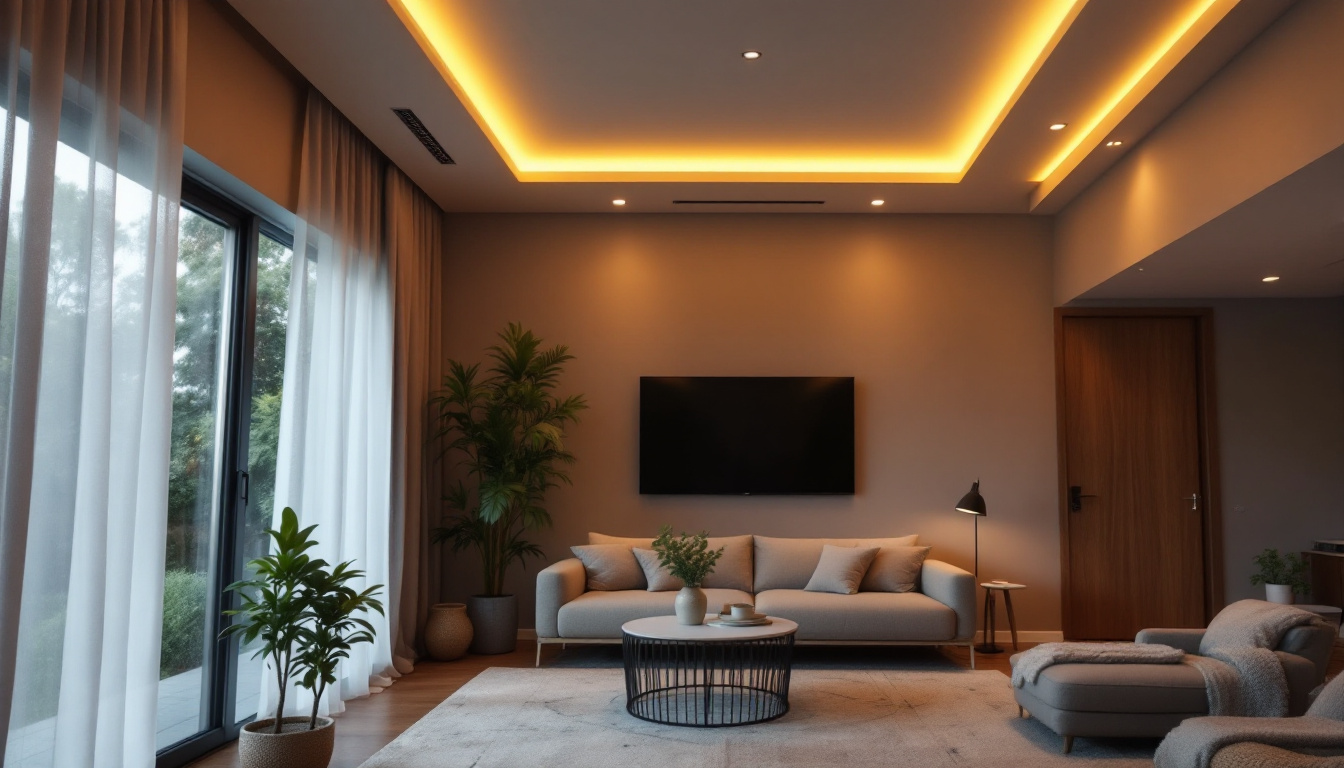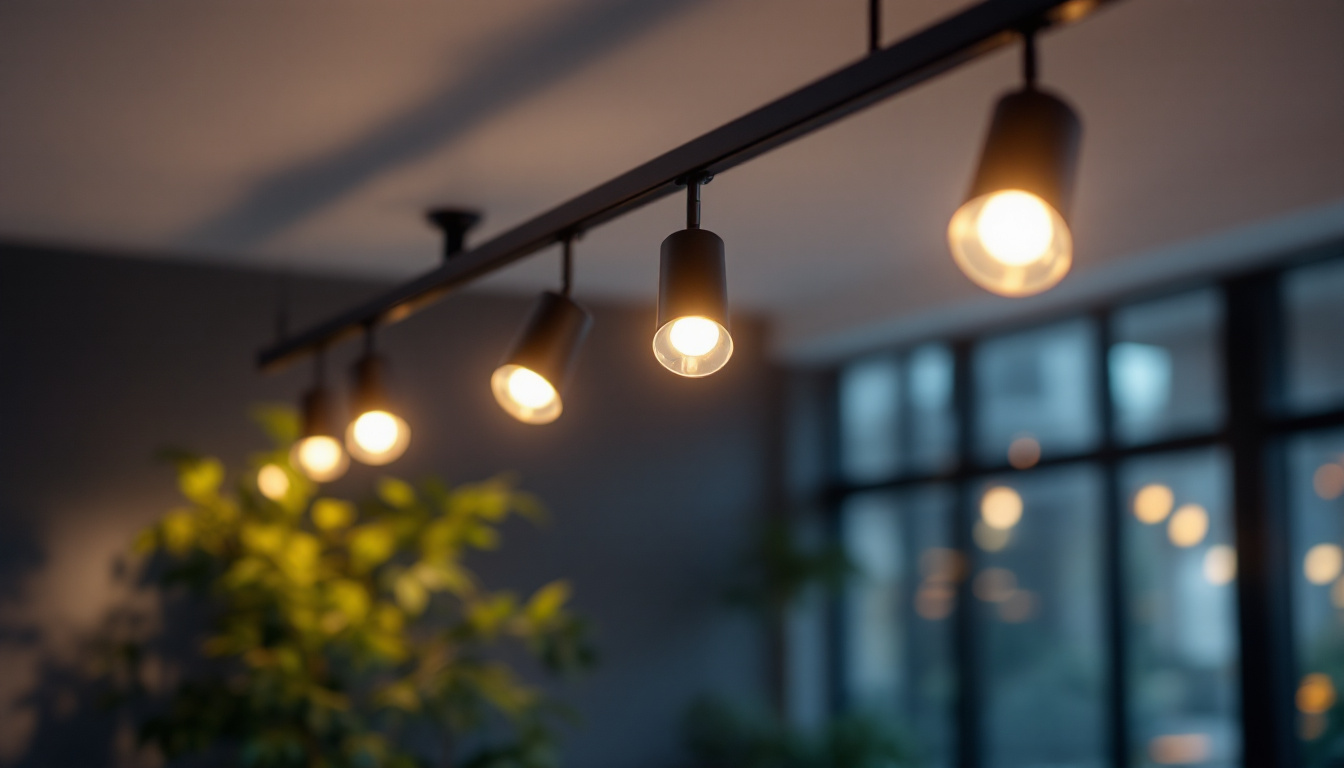

outdoor motion sensor lights have become an essential component for enhancing security and convenience in residential and commercial properties. As a lighting contractor, understanding the best practices for selecting and installing these fixtures can significantly impact the satisfaction of your clients. This article delves into the key considerations, installation techniques, and maintenance tips that will help you excel in your projects involving outdoor motion sensor lights.
Before diving into best practices, it’s crucial to grasp the underlying technology of motion sensor lights. These fixtures utilize various sensing technologies to detect movement and activate the light accordingly. The most common types include passive infrared (PIR), microwave, and dual technology sensors.
PIR sensors are the most widely used in outdoor motion lights. They detect infrared radiation emitted by objects, typically warm bodies like humans or animals. When someone enters the sensor’s field of view, the light activates. Understanding the range and angle of these sensors is vital for optimal placement.
Contractors should be aware that PIR sensors can be affected by environmental factors such as wind and temperature fluctuations. Proper calibration and placement can mitigate false triggers, ensuring the system works efficiently. Additionally, the sensitivity settings on PIR sensors can often be adjusted to suit specific needs, allowing for customization based on the environment. For instance, in areas with frequent wildlife activity, lowering the sensitivity can prevent unnecessary light activation while still ensuring that human movement is detected.
Microwave sensors operate by emitting microwave signals and measuring the reflection from moving objects. These sensors can cover a larger area compared to PIR sensors and are less susceptible to environmental interference. However, they may also be more expensive and require careful installation to avoid unnecessary activation. The ability of microwave sensors to penetrate through obstacles like glass or walls can be advantageous in certain applications, such as monitoring entryways or hallways where traditional PIR sensors might struggle.
Combining both PIR and microwave technologies, dual technology sensors offer enhanced reliability. They require both types of detection to activate, reducing the likelihood of false alarms. For contractors, recommending dual technology sensors can provide clients with peace of mind, especially in high-traffic areas. These sensors are particularly useful in commercial settings where security is paramount, as they can distinguish between human movement and other disturbances, such as pets or passing vehicles. Furthermore, dual technology sensors often come equipped with advanced features like adjustable time delays and sensitivity settings, allowing for a tailored approach to lighting control that can adapt to various scenarios.
Selecting the appropriate motion sensor light involves considering several factors, including the intended use, environment, and client preferences. Here are some best practices to guide the selection process.
Before recommending a motion sensor light, assess the area where it will be installed. Factors such as the size of the space, the height of the installation, and potential obstructions should be taken into account. For instance, a larger area may require multiple lights or a fixture with a wider detection range.
Additionally, consider the environment. For coastal areas, corrosion-resistant materials are essential, while in colder climates, lights with a higher temperature rating may be necessary to ensure functionality during winter months. It’s also important to evaluate the level of ambient light in the area; for instance, if the location is well-lit by street lamps or nearby buildings, a motion sensor light with adjustable sensitivity may be beneficial to prevent false triggers.
While functionality is paramount, aesthetics also play a significant role in client satisfaction. Discuss design preferences with clients, considering factors such as style, color, and finish. Many manufacturers offer a variety of designs that can complement the architecture of a home or building. For example, sleek, modern designs may appeal to contemporary homes, while vintage styles might be more suitable for traditional settings.
Furthermore, energy efficiency is a growing concern for many clients. Recommend LED motion sensor lights, which not only consume less energy but also have a longer lifespan compared to traditional incandescent bulbs. Additionally, some advanced models come equipped with smart technology, allowing clients to control the lights via smartphone apps or integrate them into their home automation systems. This added convenience can greatly enhance the user experience and provide clients with peace of mind, knowing they can monitor their property remotely.
Proper installation is critical to ensure that motion sensor lights function as intended. Here are some best practices that lighting contractors should follow during the installation process.
Placement is crucial for maximizing the effectiveness of motion sensor lights. Install the fixtures at a height that allows for a wide detection angle while minimizing the risk of obstructions from trees, fences, or other structures. A height of 6 to 10 feet is generally recommended for residential applications.
Additionally, consider the direction of prevailing winds and potential sources of heat that could trigger the sensor inadvertently. For instance, placing a light near a heat source like an air conditioning unit may lead to false activations. It’s also beneficial to assess the surrounding landscape and any potential wildlife activity, as animals can inadvertently trigger the sensors, leading to unnecessary light activation and potential wear on the system.
Ensure that all wiring meets local electrical codes and standards. Use weatherproof connectors and junction boxes to protect against moisture and corrosion. When wiring, consider using conduit to safeguard against physical damage, especially in outdoor settings.
It’s also advisable to install a switch that allows the client to manually override the motion sensor. This feature can be particularly useful for situations where constant lighting is needed, such as during gatherings or events. Furthermore, when planning the electrical layout, consider integrating the motion sensor lights with smart home systems, allowing for remote control and monitoring via smartphones or other devices. This integration not only enhances convenience but also provides additional security features, such as alerts when motion is detected, keeping homeowners informed even when they are away.
Once the motion sensor lights are installed, thorough testing and calibration are essential to ensure optimal performance. This phase can significantly influence the longevity and reliability of the installation.
After installation, conduct a series of tests to evaluate the sensor’s responsiveness. Walk through the sensor’s detection zone at various speeds and angles to ensure it activates as expected. This testing phase helps identify any adjustments needed for optimal performance.
During testing, pay attention to the duration of the light activation. Many motion sensor lights allow for adjustments to the time the light remains on after activation. Set this duration based on the client’s needs and the typical usage patterns of the area.
Most motion sensor lights come with adjustable sensitivity settings. Fine-tuning these settings can prevent false triggers from small animals or environmental factors. It’s advisable to start with a lower sensitivity setting and gradually increase it until the desired balance between responsiveness and false activations is achieved.
Encourage clients to periodically clean the sensor lens and light fixture to remove dirt, dust, and debris that can obstruct the sensor’s ability to detect motion. A simple wipe with a soft cloth can often suffice.
Additionally, recommend regular inspections of the wiring and connections to ensure they remain secure and free from corrosion. This proactive approach can prevent potential issues before they arise.
As technology evolves, so do the options available for motion sensor lights. Encourage clients to stay informed about advancements in lighting technology, such as smart motion sensors that can be integrated with home automation systems. These modern solutions can offer enhanced features like remote monitoring and customizable settings, providing added convenience and security.
Even with the best practices in place, issues may arise with outdoor motion sensor lights. Being equipped to address these common problems can enhance a contractor’s reputation and client trust.
False activations can frustrate clients and diminish the perceived value of motion sensor lights. If clients report frequent false triggers, review the installation height and sensitivity settings. Adjusting these parameters can often resolve the issue.
Additionally, consider the environmental factors that may be contributing to false activations, such as nearby trees or shrubs swaying in the wind. In some cases, relocating the sensor may be necessary for optimal performance.
If a motion sensor light is not activating consistently, check the power supply and wiring connections. Loose connections or damaged wiring can lead to intermittent performance. Ensuring that all components are securely connected can often resolve these issues.
Outdoor motion sensor lights are a valuable addition to any property, providing enhanced security and convenience. By understanding the technology behind these lights, selecting the right fixtures, following proper installation practices, and educating clients on maintenance, lighting contractors can ensure successful projects and satisfied customers.
Staying informed about advancements in lighting technology and addressing common issues proactively can further enhance a contractor’s reputation in the industry. By implementing these best practices, lighting contractors can not only meet but exceed client expectations, paving the way for future projects and referrals.
Ready to elevate your lighting projects with the best outdoor motion sensor lights on the market? Look no further than LumenWholesale. Our commitment to quality and affordability ensures that you can provide your clients with reliable, high-performance lighting solutions that fit their needs and budget. With our spec-grade products and unbeatable wholesale prices, you can say goodbye to middleman markups and hello to superior value. Plus, with free shipping on bulk orders, you can stock up on all the lighting essentials without any hidden fees. Don’t compromise on quality or cost—choose Wholesale Lighting at the Best Value with LumenWholesale and make your next project shine.

Discover essential best practices for lighting contractors working with T8 LED technology.

Discover the essentials of LED strip light retrofit kits with this comprehensive guide tailored for lighting contractors.

Discover the essential insights lighting contractors need to master architectural track lighting.

Explore how affordable lighting fixtures are transforming the business landscape for lighting contractors.
Get notified when NEW deals are released.
Optimize your budget with wholesale discounts.
Only top-quality, specification-grade lighting products.
No additional costs at checkout - what you see is what you pay.
We understand the unique needs of contractors.